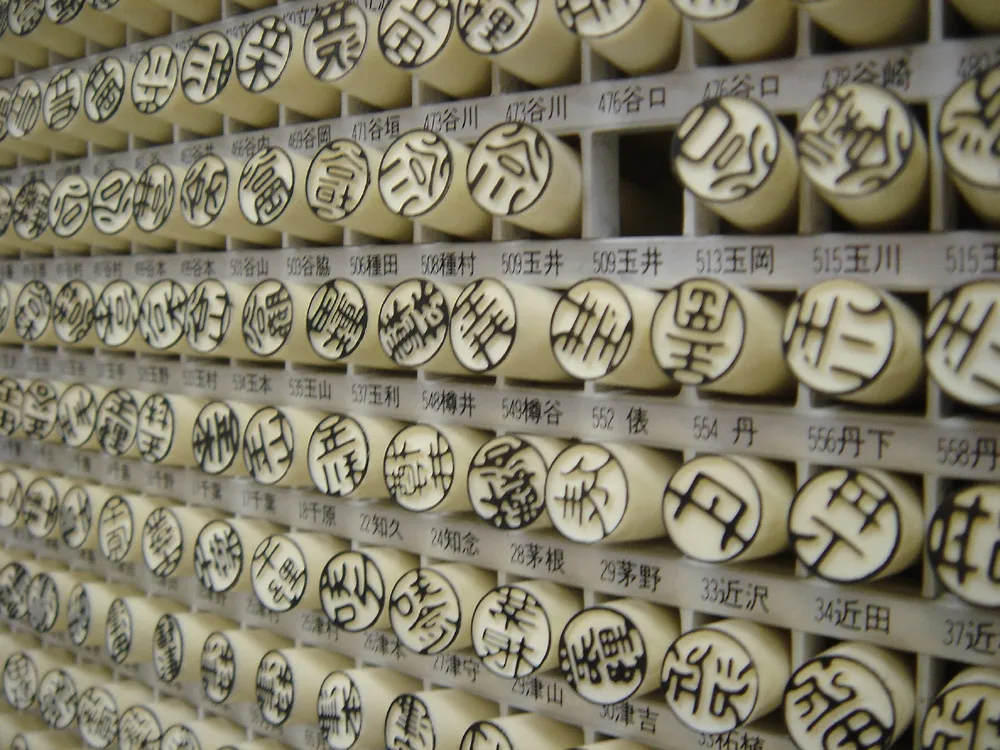Japan is a country where people wear a belt and suspenders, metaphorically, and sometimes literally. In business, this approach to risk shows up in every layer: operations, compliance, product development, marketing approvals, and even basic logistics. It’s why contracts are dense, why small mistakes carry long memories, and why “yes” often takes months.
What looks like overkill from the outside is often a carefully calibrated system to protect relationships, preserve trust, and avoid blame. In a culture where reputational risk outweighs speed or efficiency, the layers are not accidental, they’re strategic.
1. Double-confirmation culture
It’s not uncommon to send an email and then follow up with a phone call to confirm receipt. Hanko, signature, email, and verbal confirmation might all be part of one approval. This may seem redundant, but it’s intended to prevent even the slightest miscommunication.
2. Blame avoidance baked into structure
In many Japanese companies, responsibility is distributed across multiple departments. No one wants to be the sole decision-maker, so consensus is built over time. This isn’t indecisiveness — it’s collective risk management.
3. Innovation is slow, until it’s perfect
Product launches, service rollouts, or even marketing campaigns can take much longer in Japan. Teams want to ensure every angle is covered. Once something goes live, it’s expected to be nearly flawless. Mistakes carry reputational weight.
4. Real-world examples from our experience
Example 1 – Food Onboarding Delays Due to Hypothetical Scenarios:
When introducing wholesale food products in Japan, even when everything is fully compliant, legally approved, properly labeled, shelf-stable, and produced under strict quality control, the onboarding process can take months.
Customers often present a long list of “what-if” scenarios:
- What if the end-consumer ignores clear storage instructions?
- What if someone interprets the ingredient list incorrectly?
- What if a blogger writes something negative, even if untrue?
Each point must be answered formally, sometimes across multiple meetings. It’s less about actual risk and more about confirming that you as a supplier have thought through every detail. The product isn’t just being evaluated — your ability to handle risk is under review.
Example 2 – Reluctance to Appear ‘First Mover’ Even in Safe Categories:
We’ve seen partners hesitate to carry entirely safe, trend-aligned products simply because no one else is carrying them yet. Even if demand is clear, and the product is proven overseas, the concern is:
“What if we’re the only one offering this, and it doesn’t sell — what does that say about us?”
This reluctance to be first is less about the product, and more about the optics of being early. It’s reputational risk aversion, not product risk aversion. And it slows down categories that should be growing.
The Opportunity Hidden in the Reluctance
The upside is clear: when companies, categories, or individuals are willing to embrace thoughtful risk — not reckless, but considered — they often gain outsized rewards. Being first in Japan can be hard, but when it works, it tends to stick. That loyalty and brand equity can be hard to replicate elsewhere.
At Japan Startup Advisory, we’ve learned to respect the belt and suspenders, but we also help our clients navigate when and where to loosen them, just a little.

